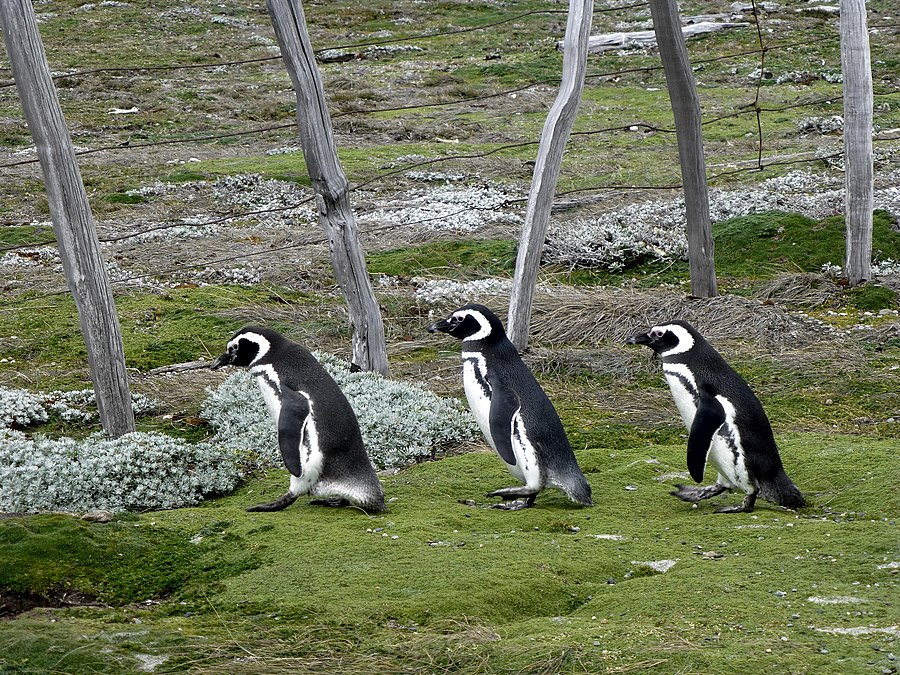Facts About Magellanic penguin
The Magellanic penguin, an endearing native of South America, inhabits the coastal regions of Patagonia, spanning Argentina, Chile, and the Falkland Islands. These penguins, named after the Portuguese explorer Ferdinand Magellan, are the most populous among the Spheniscus species.
Medium-sized, Magellanic penguins exude elegance with their black backs and white bellies, and they can live up to 25 years in the wild. Their diet comprises cuttlefish, squid, krill, and various crustaceans. Exceptionally skilled divers, they can plunge to depths of 20-50 meters in pursuit of prey.
The breeding season commences in September. Each nest typically contains two eggs, with both parents taking turns to incubate them, exemplifying remarkable shared parenting.
However, life is fraught with challenges for these penguins. They encounter several threats, including oil spills, changes in prey availability, climate change, and natural predators. Human activities, particularly tourism, can also induce stress and disturbance. Oil spills alone claim the lives of thousands of penguins annually, while climate change shifts fish populations, disrupting the penguins' feeding patterns.
To address these challenges, conservationists are diligently working to protect these birds. One critical strategy is the establishment of Marine Protected Areas (MPAs), which help safeguard breeding colonies and other marine life.
Despite these efforts, the Magellanic penguin population is currently classified as Near Threatened and is in decline. This highlights the urgent need for continued and enhanced conservation measures to protect their habitats and ensure their survival amidst the myriad threats they face.

 Argentina
Argentina